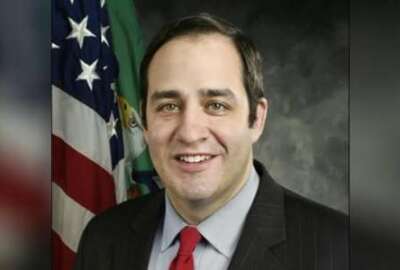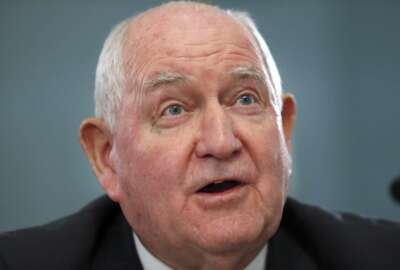
Government innovation? Weirdness comes in threes
Government innovation happens. But do people like it when it does?
How often have you heard that the government is stodgy and resistant to change? Large bureaucracies, both in business and government, do trend that way. But three curious initiatives from federal agencies occurred in the days leading to the long Memorial Day weekend.
Unrelated, they nevertheless connect thematically by showing an instinct towards government innovation, that is, a government willing to try something different.
First was the appointment of Jose Arrietta as the chief information officer of the Department of Health and Human Services. I’ve interviewed Arrietta a couple of times. He’s a smart cookie. He’s possesses good technology chops, having been one of the people trying to prove how blockchain can work in federal settings. In his relatively short time at HHS, Arrietta saw to it that the first blockchain application received authority to operate. That in itself is radical.
But as Jason Miller reported, Arrietta is an unconventional choice to lead an IT complex as vast and diverse as that of HHS. It’s government innovation in personnel. He’s mainly an acquisition guy, and acquisition is an important part of technology and information management. The blockchain application is in fact acquisition. Now Arrietta will have to show he can widen his viewpoint and make things happen in all areas overseen by a CIO.
Second, the use of other transaction agreements, for a second time, to award a technology contract to a large, established vendor. OTA makes contractors suspicious to begin with because they exist outside of the Federal Acquisition Regulation. But the Defense Information Systems Agency and the Defense Security Service chose Perspecta to build a second piece of the system for processing security clearances. This occurs in anticipation of DoD assuming that program from the Office of Personnel Management.
Guidance on how to use OTAs varies from agency to agency, making them have the potential to be invoked for convenience, not for real novelty. Numerous associations, companies and law firms have descriptions of OTAs. They all contain the idea of prototype and R&D. That is, OTA are supposed to be used for prototypical projects in research and development types of situations. If a culture has grown around OTAs, it’s that users of the agreements have a bias towards not only unconventional projects but also toward non-traditional vendors.
Related Stories
But DoD is in a hurry. The transfer is supposed to happen this fall. Right or wrong, this OTA was a gutsy move.
A third piece of government innovation: A gambit by Agriculture Secretary Sonny Pursue to slide a relatively small program out of USDA’s Forest Service and into the Labor Department. I’ve always wondered why the Forest Service itself doesn’t belong in the Interior Department. But all Purdue has singled out is the Civilian Conservation Centers. It may have antecedents in the New Deal, but it’s part of the Jobs Corps program created during the Lyndon Johnson administration. Job Corps already lives in Labor, while the Civilian Conservation Centers uses forest-related work to train young people for the world of work. Other Jobs Corps programs use home repair, construction, hospitality, and other industries.
What added to the radical-sounding nature of what might be a highly logical move is that the proposal coincided with the announcement of a planned 1,000-person reduction in force at the Forest Service. Huh? It turns out the CCC “operations will be replaced by new contract operators or a partnership overseen by the Department of Labor,” according to the DOL — not USDA — press release. Moreover, Labor plans to deactivate nine of the 23 locations where the centers operate.
There’s a hint in the release that the Forest Service unit of the Job Corps was underperforming by whatever standards Jobs Corps applies to its programs.
Again, right or wrong, the move is sure to raise eyebrows. How often do 50-year-old programs get such a shakeup?
Copyright © 2024 Federal News Network. All rights reserved. This website is not intended for users located within the European Economic Area.
Tom Temin is host of the Federal Drive and has been providing insight on federal technology and management issues for more than 30 years.
Follow @tteminWFED





